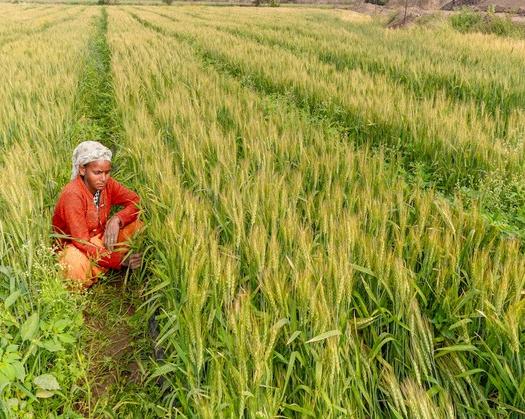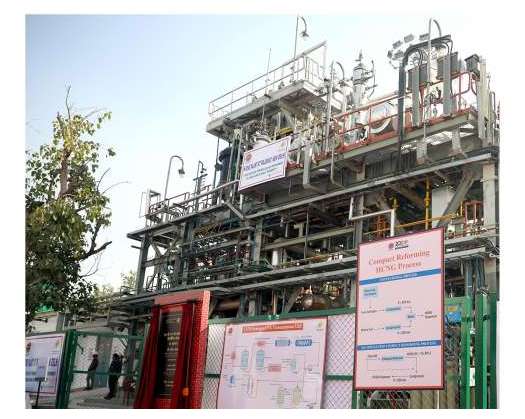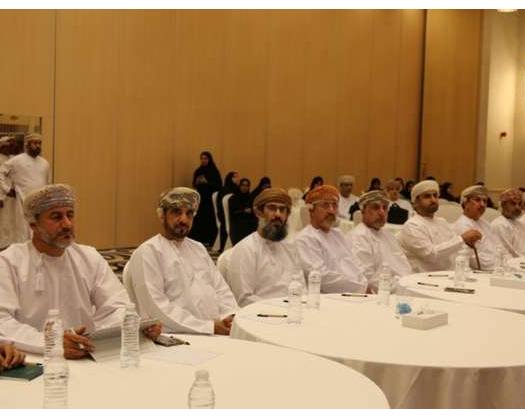New Delhi: The sowing of India's Kharif crops has seen a notable advancement, with farmers having planted crops over a significantly increased area of 1,104.63 lakh hectares, a figure that surpasses last year's total of 1,088.26 lakh hectares, marking a 1.5 per cent increase year-on-year.
This achievement is in line with the average area under cultivation for the period spanning from 2018 to 2022.
In terms of specific crops, the sowing of paddy, pulses, oilseeds, millets, and sugarcane has experienced a year-on-year increase, whereas the sowing of cotton and jute/mesta has seen a decrease.
Data reveals that within the pulse category, crops such as arhar, moong, kulthi, and moth bean have demonstrated positive growth.
India stands as a leading consumer and producer of pulses, augmenting its domestic consumption through imports. The primary pulses consumed domestically include chana, masur, urad, kabuli chana, and tur. The government has been actively promoting the cultivation of pulses.
In the 2023 Kharif season, the total cultivated area across the nation reached 1,107.15 lakh hectares. This figure is higher than the average Kharif area for the period from 2018 to 2022.
India is divided into three agricultural seasons: Summer, Kharif, and Rabi. Kharif crops, planted between June and July and dependent on monsoon rains, are harvested in October-November. Rabi crops, planted in October-November, are harvested from January, contingent upon their maturity. Summer crops are cultivated between the Rabi and Kharif seasons.
Traditionally, Indian agriculture, particularly the Kharif season, has been heavily dependent on monsoon rainfall. The Indian Meteorological Department (IMD) in its preliminary long-range forecast has predicted that the southwest monsoon (June-September) of this year will be above the normal level. Skymet, a private forecasting agency, has also forecast a normal monsoon. The IMD has recently indicated that the rainfall across the country during September 2024 is expected to exceed the normal level, at 109 per cent of the Long Period Average.
The above-normal monsoon rains, which have facilitated the sowing of more crops in this Kharif season, are expected to benefit the agriculture sector, potentially enhancing its gross value added (GVA), according to a rating agency ICRA.












